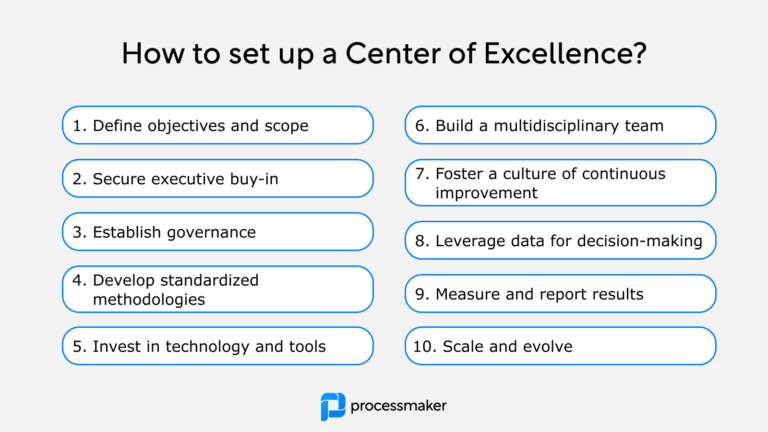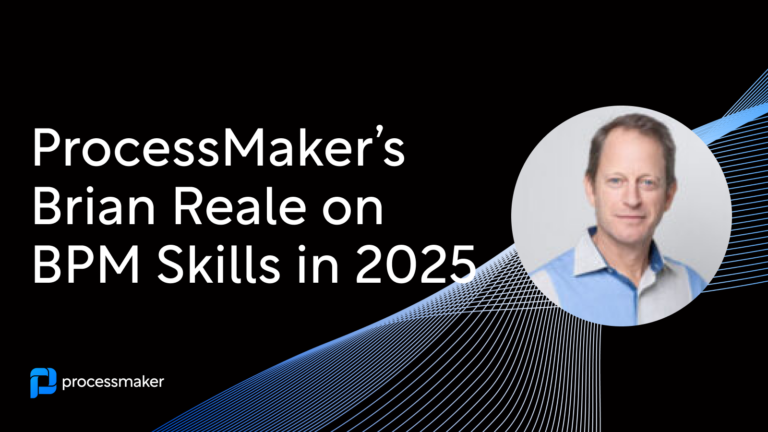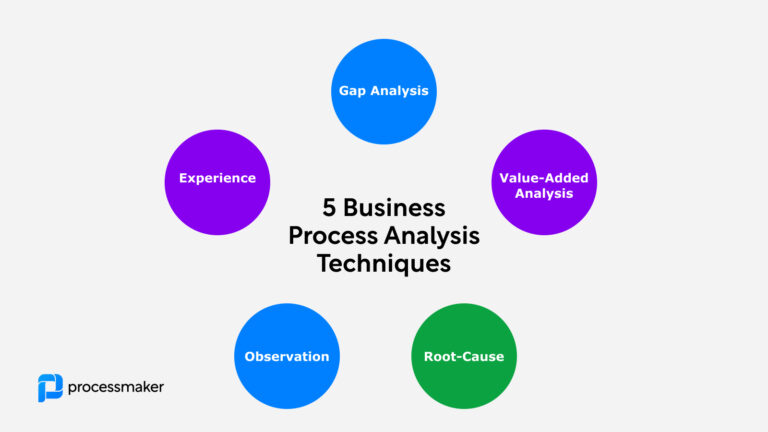The global financial crisis and credit crunch in the early 2000s put a spotlight on credit risk management regulations. Soon more transparency was required by regulators. These regulators wanted to ensure that banks have a thorough knowledge of their customers and associated credit risk.
To comply with these regulations, many banks are overhauling their approach to credit risk while others view this as a compliance exercise they will lose in the long term. With the right credit risk management workflows and processes in place, financial institutions have an opportunity to greatly improve performance and obtain a competitive advantage when handling credit risk management.
Credit risk management in finance
In Edinburg Business School’s Credit Risk Management Score, authors Ken Brown and Peter Moles state the following:
“Credit risk can be defined as ‘the potential that a contractual party will fail to meet its obligations in accordance with the agreed terms’. Credit risk is also variously referred to as default risk, performance risk or counterparty risk. These all fundamentally refer to the same thing: the impact of credit effects on a firm’s transactions.
There are three characteristics that define credit risk:
- Exposure (to a party that may possibly default or suffer an adverse change in its ability to perform).
- The likelihood that this party will default on its obligations (the default probability).
- The recovery rate (that is, how much can be retrieved if a default takes place).
Note that, the larger the first two elements, the greater the exposure. On the other hand, the higher the amount that can be recovered, the lower the risk. Formally, we can express the risk as Credit risk = Exposure x Probability of default x (1 – Recovery rate).”
While it is helpful to know the definition of credit risk and what goes into it, we live in an on-demand world that can’t be bogged down by manual calculations and processes. This is where business process management comes in.
Business process management for banking
Since banks are required to strictly adhere to their country’s financial regulations, there are a lot of challenges to credit risk management. These include inept data management, a lack of group-wide risk modeling framework, constant rework with efficiency ratio, insufficient risk tools, and inaccurate reporting. Additionally, banks need to follow a rigorous protocol regarding how electronic and printed forms are set up and how resulting documents are presented to customers.
Processes that can be automated with a BPM platform:
- New Account Opening
- Credit Application
- Credit Analysis and Approval
- Registration and Disbursement
- Request for certificate of debt level
- Spreading and financial analysis
- Risk rating models and scorecards
- End-to-end loan origination
Financial institutions need to find a solution to automate processes across the enterprise by connecting multiple disparate systems. Workflow solutions can streamline loan/credit process from beginning to end. This includes customer application, analysis, and evaluation, approval, and disbursement, as well as approvals by bankers at various steps in the loan/credit processing workstreams. Solid BPMs can generate numerous reports essential to monitoring automated processes, like risk management. Accurate dashboards contain essential information regarding the status and performance of employees and application state, complete with automatic alerts indicating delays or special conditions.
While handing credit risk is straightforward in principle, in practice it involves judgment, experience, and a range of evaluative techniques that are designed to determine if lent money will be repaid or cost. With the right business process management software in place, financial institutions can be better informed and prepared when it comes to handling credit risk.





